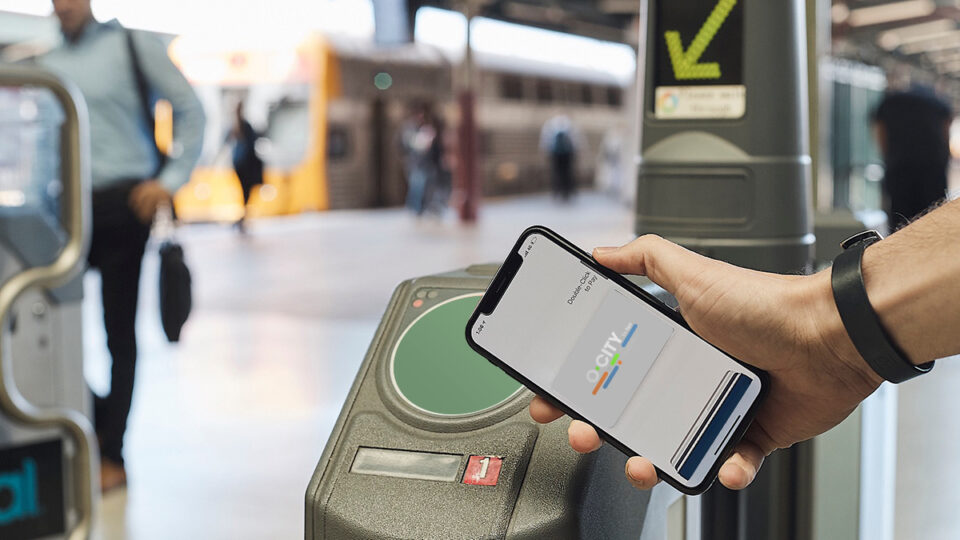The expenses involved in handling cash, printing tickets, and maintaining ticket machines come at a time when many of us desire cashless and contactless payments.
In many cities, proprietary (or closed-loop) cards are already in use instead of paper tickets. Nevertheless, there is still a cost associated with producing the cards and maintaining the machines.
It is vital that riders carry the cards and replenish them regularly, which many will do by using their EMV bank cards. Therefore, the next logical step is to add the option for riders to pay directly with their EMV bank cards (or their digital wallets, smartphones, or wearables). With open-loop payments, users can pay for travel via a contactless approach they are already familiar with.
Open-loop Vs. Closed-loop
Mobile payment solutions that support open-loop payment allow users to pay at various locations using one centralized digital wallet. Open-loop payment platforms are connected to a personal account – a credit card, for example – and do not require a pre-loaded amount that needs to be topped up at periodic intervals.
With closed-loop mobile payment solutions, customers can manage their gift cards or payment accounts from their mobile devices. Instead of using a physical card, customers can check their balance, add money, and pay using a mobile application.
A distinct contactless transaction type
Contactless taps are becoming increasingly popular for buying everything from coffee to groceries. Most of these transactions are completed within seconds, but that is not fast enough at the turnstiles or when boarding the bus. Therefore, the card schemes have created specific standards to define mass transit as a contactless transaction type.
Correct identification of these transactions protects transit operators as well as reduces risk by invoking:
- If available (in regions where it exists), a ride liability limit which protects the transit operator up to a certain limit in the event that the transaction is ultimately declined (due to lack of funds);
- The debt recovery engine (following a decline), which represents the transaction to try to recover the funds.
The issuer should not decline a contactless mass transit transaction provided it is correctly identified. Correct identification also prevents PSD2 Strong Customer Authentication (SCA) from being applied (where enforced). This means that these transactions will not be declined for SCA or included in a cardholder’s contactless transaction count.
Certification for confidence
The design and implementation of open-loop tap-to-ride solutions is a complicated and specialized process; therefore, transit operators should ideally partner with solution providers whose partners are Visa Ready for Transit programs. The certification ensures they have the skills, expertise, and relationships required to help you launch tap-to-ride capabilities on schedule and without disrupting your current operations.
CNP fraud screening
Transit operators are required to manage card-not-present (CNP) fraud screening, such as closed-loop card top-ups and account-based ticketing, just like any merchant.
To Conclude
The idea of holding a single, centralized digital wallet that allows you to pay anywhere and from anywhere via your smartphone appears to be more convenient than managing multiple, fragmented proprietary apps for each individual vendor. Thus, claiming that convenience is the value that end-users gain from open-loop mobile payments.

